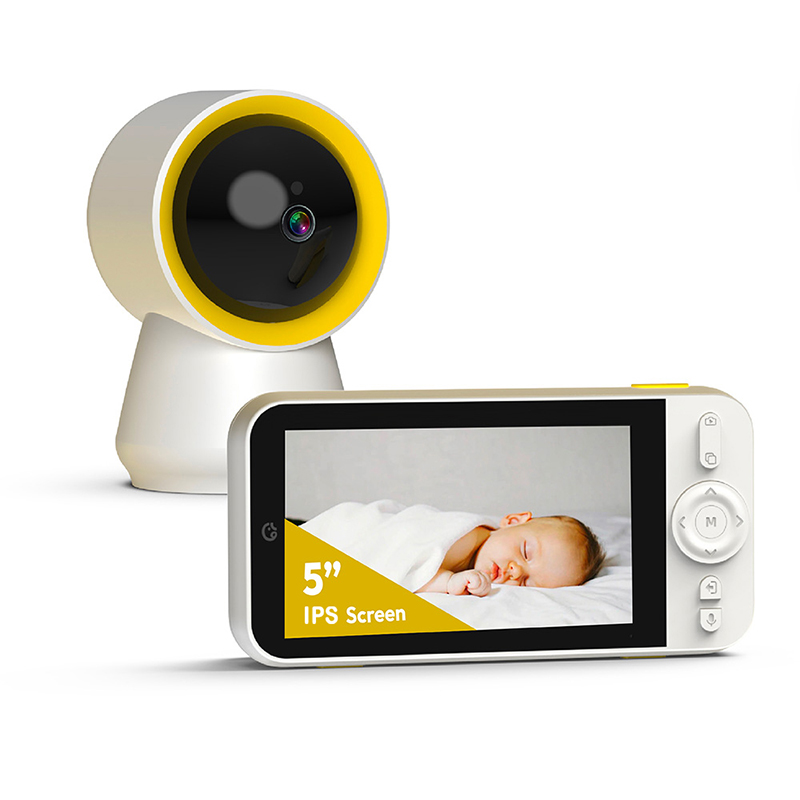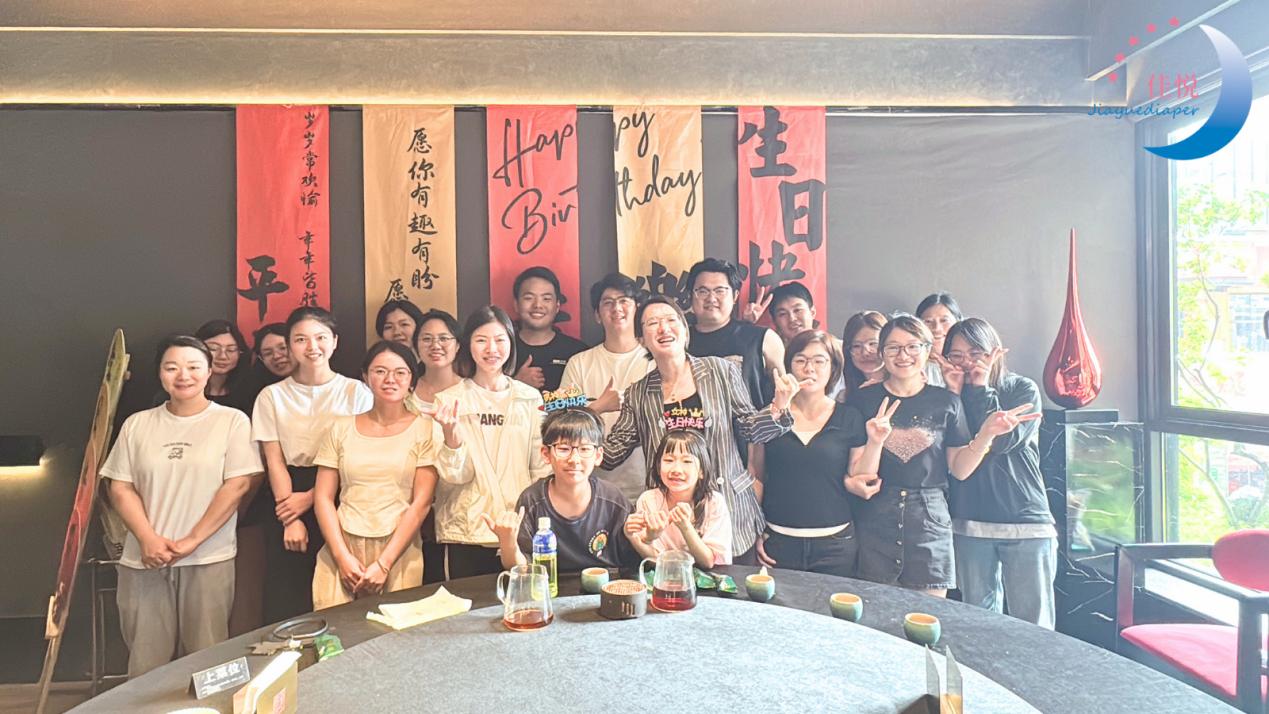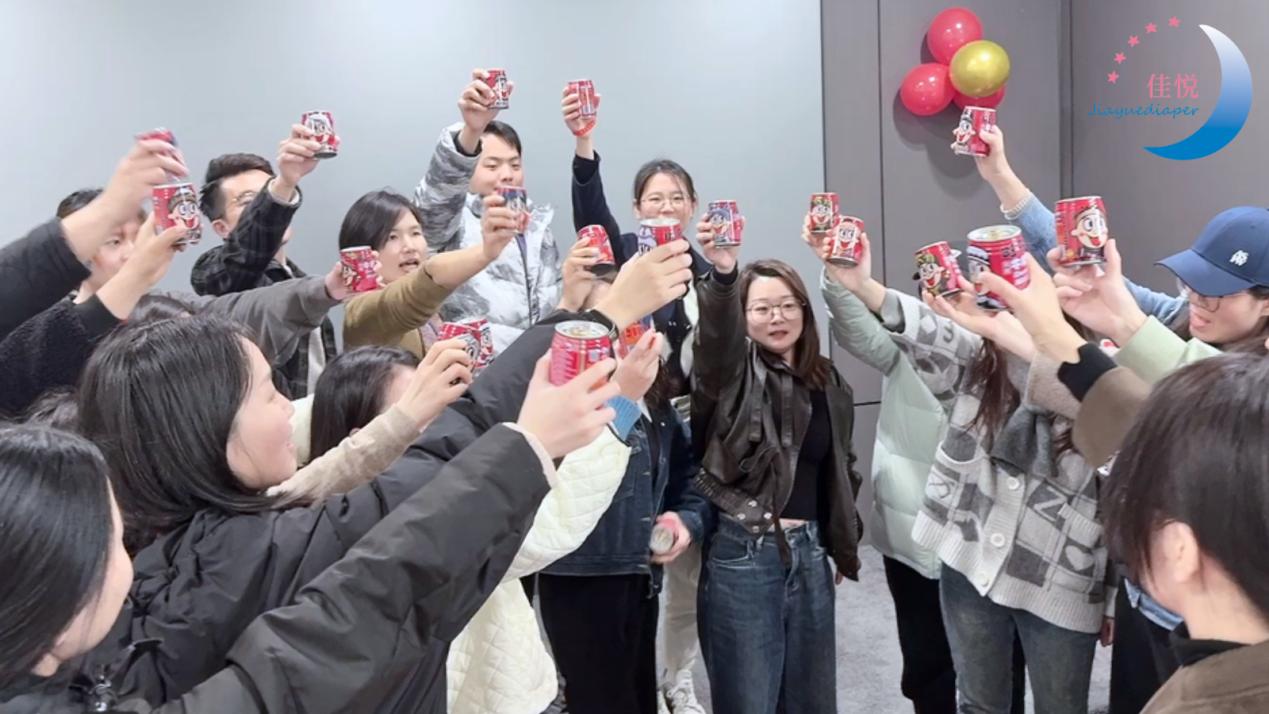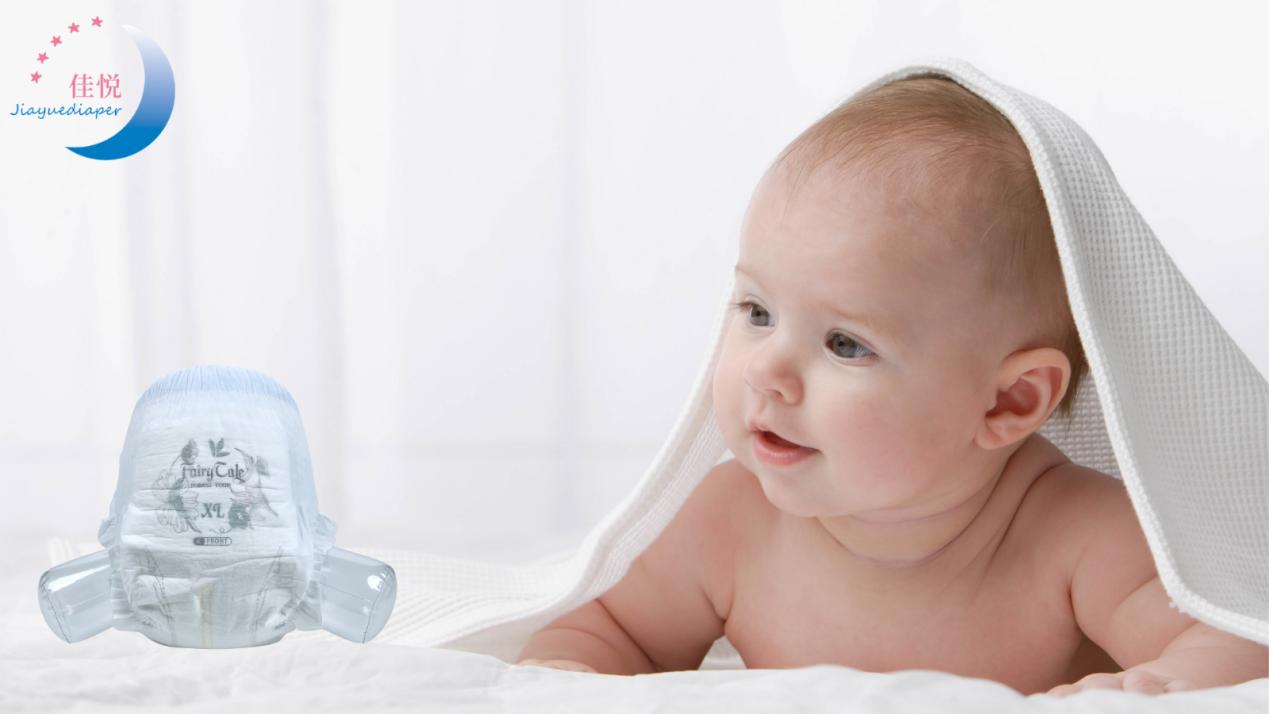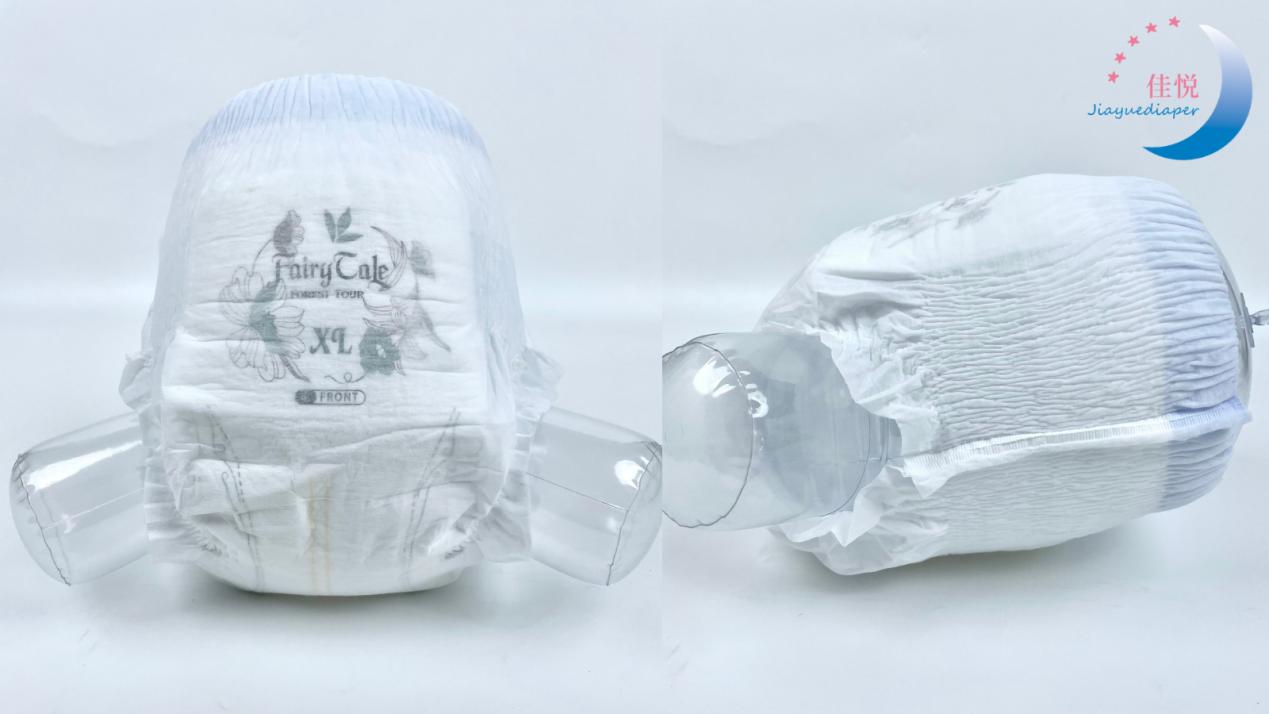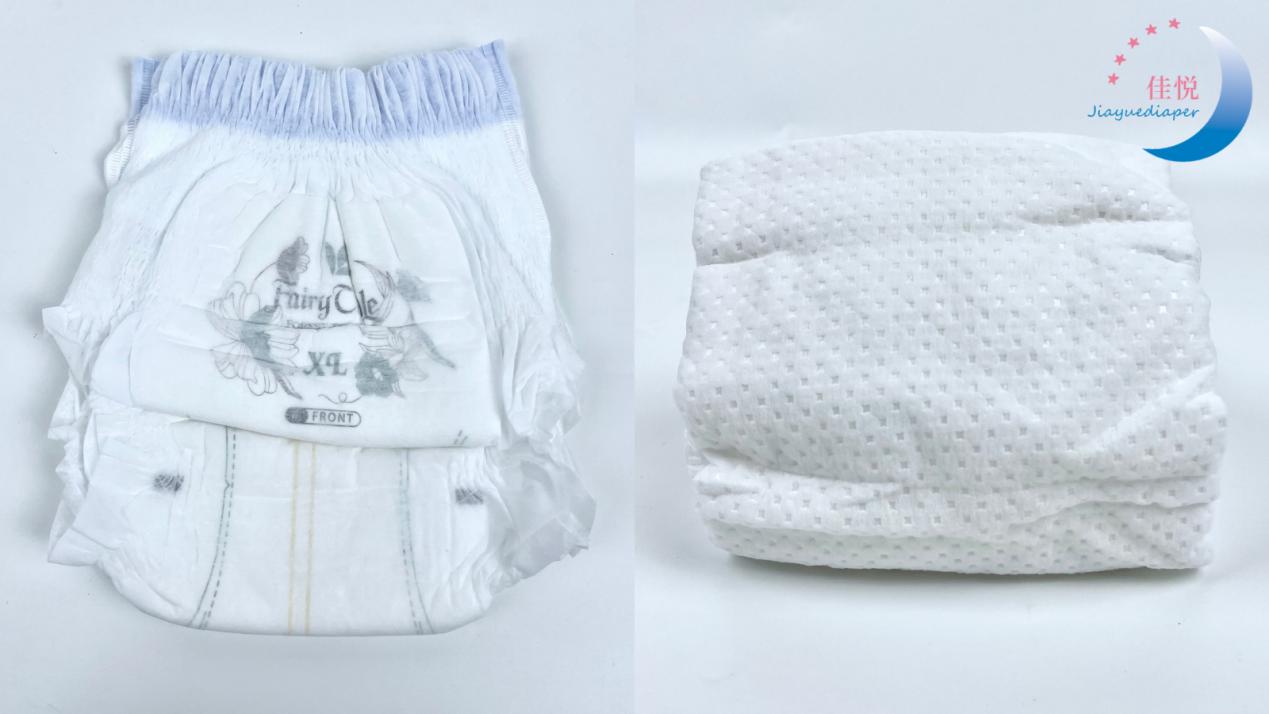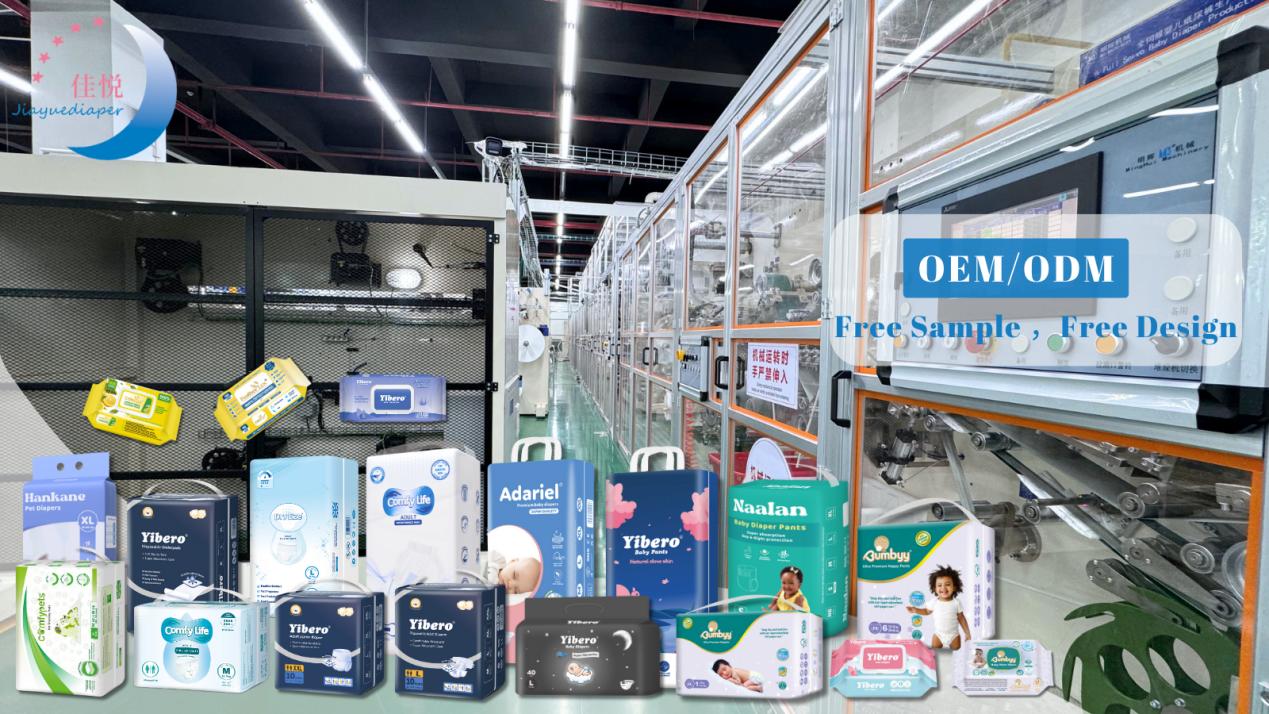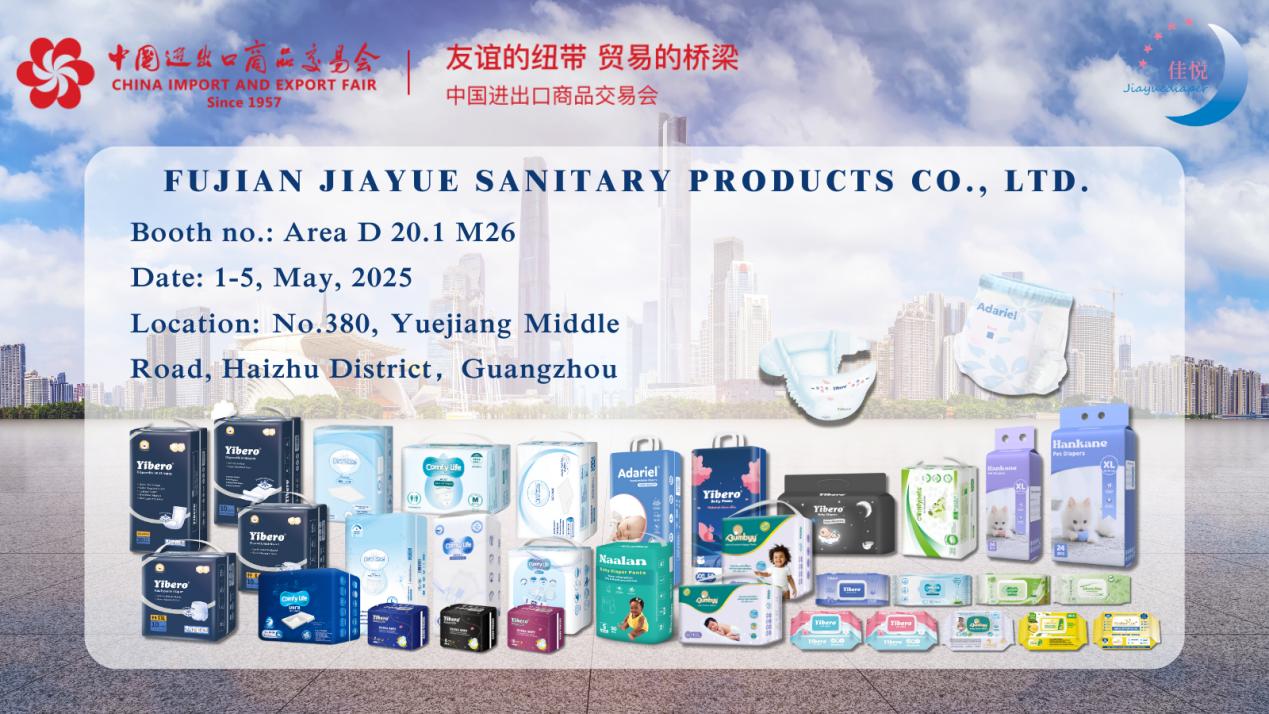The recent easing of Sino-US tariffs has sent shockwaves through the global trade landscape, particularly presenting a unique set of opportunities and challenges for businesses dealing with stock footwear, apparel, and textiles. This blog post will delve into how the tariff adjustments impact stock clearance and supply chain layouts and explore strategies for enterprises to capitalize on the window of order resurgence.
The Impact on Stock Clearance
Accelerated Stock Liquidation
With the reduction in tariffs, Chinese exporters of stock footwear, apparel, and textiles are presented with a golden opportunity to clear their backlogs. Lower tariffs mean that these products become more price - competitive in the US market. For example, a clothing manufacturer sitting on a large stock of winter coats can now offer these products at more attractive prices to US importers. The decreased cost burden due to reduced tariffs encourages US buyers to take on larger orders, enabling Chinese suppliers to quickly move their stock. This not only frees up valuable warehouse space but also improves cash flow, which is crucial for the long - term viability of any business.
Increased Demand from Niche Markets
The tariff easing also unlocks potential in niche markets within the US. Previously, high tariffs made it difficult for specialized stock items, such as artisanal hand - woven textiles or custom - designed shoes, to find a foothold in the US market. Now, with more favorable trade conditions, these unique products can reach a wider customer base. Small - scale exporters who have been holding onto such niche stock can finally showcase their offerings, potentially leading to new and long - term business relationships.
However, there are also challenges in stock clearance. As more competitors try to clear their own stocks simultaneously, the market may become saturated in the short term. This could lead to price wars, eroding profit margins for all parties involved.
Shifts in Supply Chain Layout
Reassessment of Global Sourcing
The tariff reduction prompts companies to reassess their global sourcing strategies. During the period of high tariffs, many businesses had diversified their sourcing to countries with more favorable trade terms with the US, such as Vietnam and Bangladesh. Now, with the improved situation between China and the US, some may consider shifting part of their sourcing back to China. For instance, a US - based footwear retailer that had moved a portion of its production to Vietnam to avoid high Chinese tariffs might now reevaluate its options. The lower tariffs on Chinese - made products, combined with China's well - developed textile and footwear manufacturing infrastructure, could make it a more attractive option once again.
Strengthening of Local Supply Chains
In addition, Chinese enterprises may focus on strengthening their local supply chains. With the potential for increased orders, companies will look to ensure the stability and efficiency of their domestic suppliers. This could involve investing in local raw material producers, improving logistics within China, and enhancing communication with domestic partners. A textile company, for example, might collaborate more closely with local cotton farmers to secure a stable supply of raw materials, reducing the risk of supply chain disruptions caused by international factors.
On the other hand, rapidly changing supply chain layouts also pose risks. Reorganizing sourcing and production networks requires significant time, effort, and investment. There is also the risk of over - reliance on the China - US trade relationship, as the 90 - day tariff suspension period indicates that the situation may still be subject to change.
Seizing the Window of Order Resurgence
Strategic Marketing and Promotion
To take full advantage of the order resurgence, enterprises need to engage in strategic marketing and promotion. This includes highlighting the cost - savings brought about by the tariff reduction in their marketing campaigns. A shoe exporter could emphasize to US buyers that the lower tariffs mean they can offer the same high - quality products at a more affordable price. Social media, e - commerce platforms, and trade shows can all be utilized to reach potential customers and showcase stock products.
Product Innovation and Customization
In a competitive market, product innovation and customization can set a company apart. By adding unique features or designs to their stock products, businesses can attract more customers. For example, an apparel manufacturer could add trendy patches or embroidery to plain stock T - shirts. Offering customization options, such as personalized printing on textiles or custom - fit shoes, can also increase the appeal of products and justify higher prices.
Building Strong Customer Relationships
Finally, building and maintaining strong customer relationships is key. Providing excellent customer service, ensuring on - time delivery, and being flexible in business negotiations can help enterprises secure long - term orders. By going the extra mile for customers during this critical period, companies can turn short - term order increases into sustainable business growth.
In conclusion, while the Sino - US tariff easing presents significant opportunities for the export of stockloter stock footwear, apparel, and textiles, it also comes with its fair share of challenges. By understanding the impacts on stock clearance and supply chain layout and implementing effective strategies to seize the order resurgence, enterprises can navigate this new trade landscape successfully and drive their business forward. TailorMax has been quick to adapt and implement a series of strategic measures in response to the opportunities and challenges presented by the Sino - US tariff easing.

